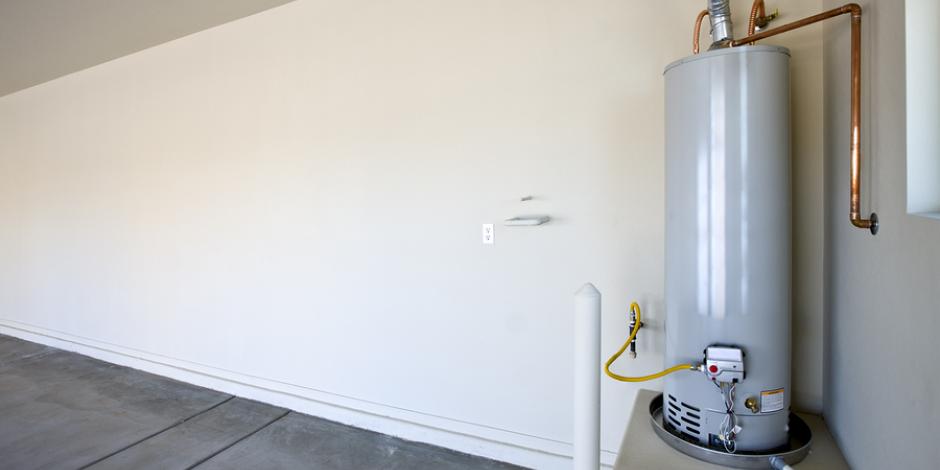Listed here in the next paragraphs you'll find more quality help and advice relating to What Kind of Maintenance Do Water Heaters Need?.

Warm water is essential for everyday comfort, whether it's for a rejuvenating shower or washing meals. To guarantee your hot water system runs successfully and lasts longer, normal maintenance is crucial. This write-up provides functional tips and insights on exactly how to keep your home's hot water system to stay clear of disruptions and expensive repairs.
Introduction
Keeping your home's hot water system may appear challenging, however with a couple of basic actions, you can guarantee it operates smoothly for several years ahead. This guide covers whatever from recognizing your warm water system to do it yourself upkeep suggestions and understanding when to call in professional help.
Value of Keeping Your Hot Water System
Routine upkeep not just extends the life expectancy of your warm water system yet also ensures it runs successfully. Neglecting maintenance can cause lowered performance, higher energy costs, and even premature failure of the system.
Indications Your Hot Water System Needs Upkeep
Understanding when your hot water system requires focus can avoid major concerns. Watch out for signs such as irregular water temperature level, unusual noises from the heater, or corroded water.
Understanding Your Warm Water System
Before diving right into maintenance jobs, it's helpful to recognize the basic parts of your hot water system. Normally, this includes the water heater itself, pipes, anode poles, and temperature controls.
Regular Monthly Maintenance Tasks
Routine regular monthly checks can assist capture minor concerns before they intensify.
Purging the Water Heater
Flushing your hot water heater gets rid of sediment accumulation, boosting efficiency and lengthening its life.
Monitoring and Replacing Anode Rods
Anode poles protect against corrosion inside the storage tank. Evaluating and replacing them when worn is critical.
Examining and Changing Temperature Level Settings
Changing the temperature level setups ensures optimal efficiency and safety.
DIY Tips for Upkeep
You can execute several maintenance jobs on your own to maintain your hot water system in top condition.
Looking for Leakages
Regularly inspect pipes and connections for leakages, as these can cause water damages and greater bills.
Evaluating Pressure Alleviation Valves
Evaluating the pressure safety valve guarantees it operates appropriately and prevents excessive pressure accumulation.
Insulating Pipelines
Protecting hot water pipelines minimizes warm loss and can save power.
When to Call an Expert
While do it yourself maintenance is advantageous, some issues call for expert proficiency.
Complex Issues Calling For Expert Aid
Instances include major leakages, electric issues, or if your hot water heater is regularly underperforming.
Routine Specialist Upkeep Perks
Expert upkeep can consist of complete assessments, tune-ups, and guaranteeing conformity with security standards.
Conclusion
Routine maintenance of your home's hot water system is necessary for effectiveness, durability, and expense savings. By adhering to these pointers and recognizing when to seek professional aid, you can make certain a trusted supply of warm water without unforeseen disturbances.
How to Maintain an Instant Hot Water Heater
Before tinkering with your hot water heater, make sure that it’s not powered on. You also have to turn off the main circuit breaker and shut off the main gas line to prevent accidents. Also turn off the water valves connected to your unit to prevent water from flowing into and out of the appliance. 2. When you’re done, you have to detach the purge valves’ caps. These look like the letter “T†and are situated on either side of the water valves. Doing so will release any pressure that has accumulated inside the valves while at the same time avoid hot water from shooting out and burning your skin. 3. When the purge valves’ caps are removed, you have to connect your hosing lines to the valves. Your unit should have come with three hoses but if it didn’t, you can purchase these things from any hardware or home repair shops. You can also get them from retail stores that sell water heating systems. Read the user’s manual and follow it to complete this task properly. When the hosing lines are connected, open the purge port’s valves. 4. You should never use harsh chemical cleaners or solutions when cleaning your unit. Make use of white vinegar instead. It should be undiluted and you’ll probably use about 2 gallons. 5. Now flush your water heater. This task should probably take about 40 minutes. We can’t give you specific directions for this because the procedure is carried out depending on the type, model and brand of your heater. With that being said, refer to the user’s manual. 6. When you’re done draining the unit, you have to turn off the purge port valves again. Remove the hosing lines that you earlier installed on each of the water valves. Put the valve caps (purge port) back in their respective places and be very careful so as not to damage the rubber discs that are found inside these caps. 7. Now that everything’s back in place, check your user’s manual again to find out how to reactivate your water heating system. 8. Once it is working, turn one of your hot water faucets on just to let air pass through the heater’s water supply pipes. Leave the tap on until water flows smoothly out of it. https://www.orrplumbing.com/blog/2014/september/how-to-maintain-an-instant-hot-water-heater/

I discovered that content about What Kind of Maintenance Do Water Heaters Need? when doing a lookup on the internet. Are you aware of someone else who is occupied with the niche? Feel free to promote it. I praise you for being here. Please stop by our site back soon.
Request Service